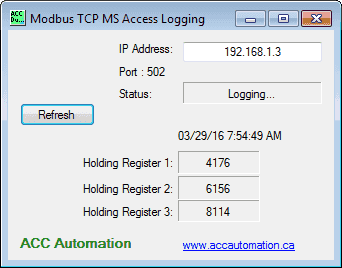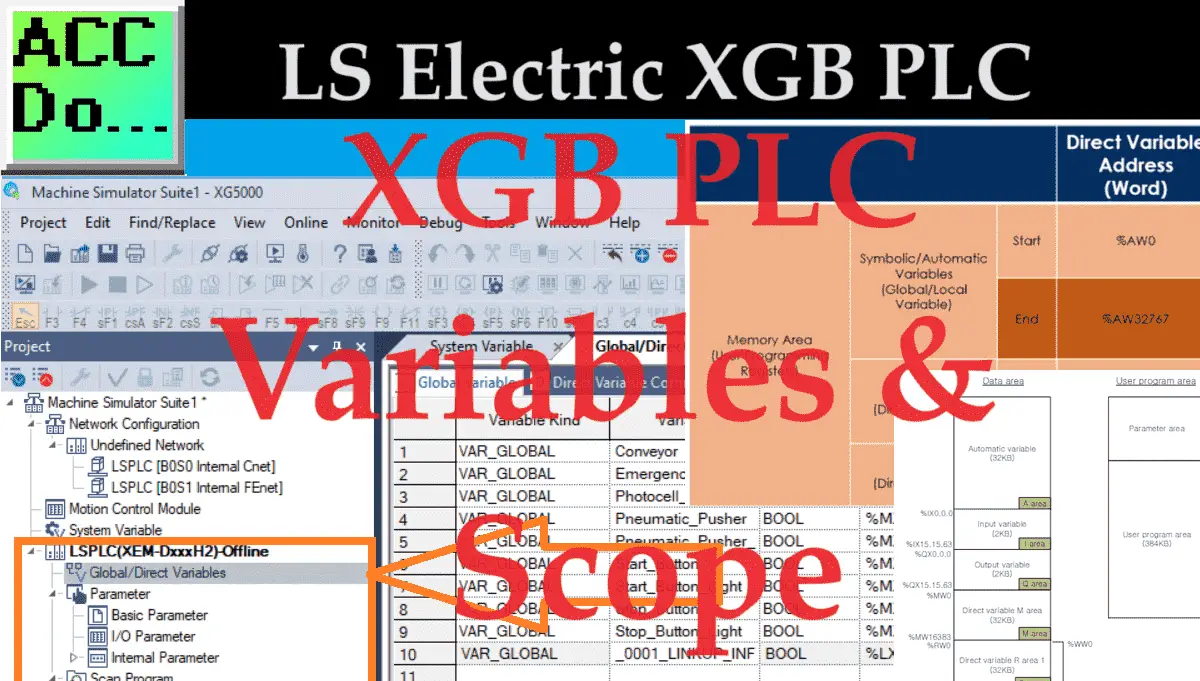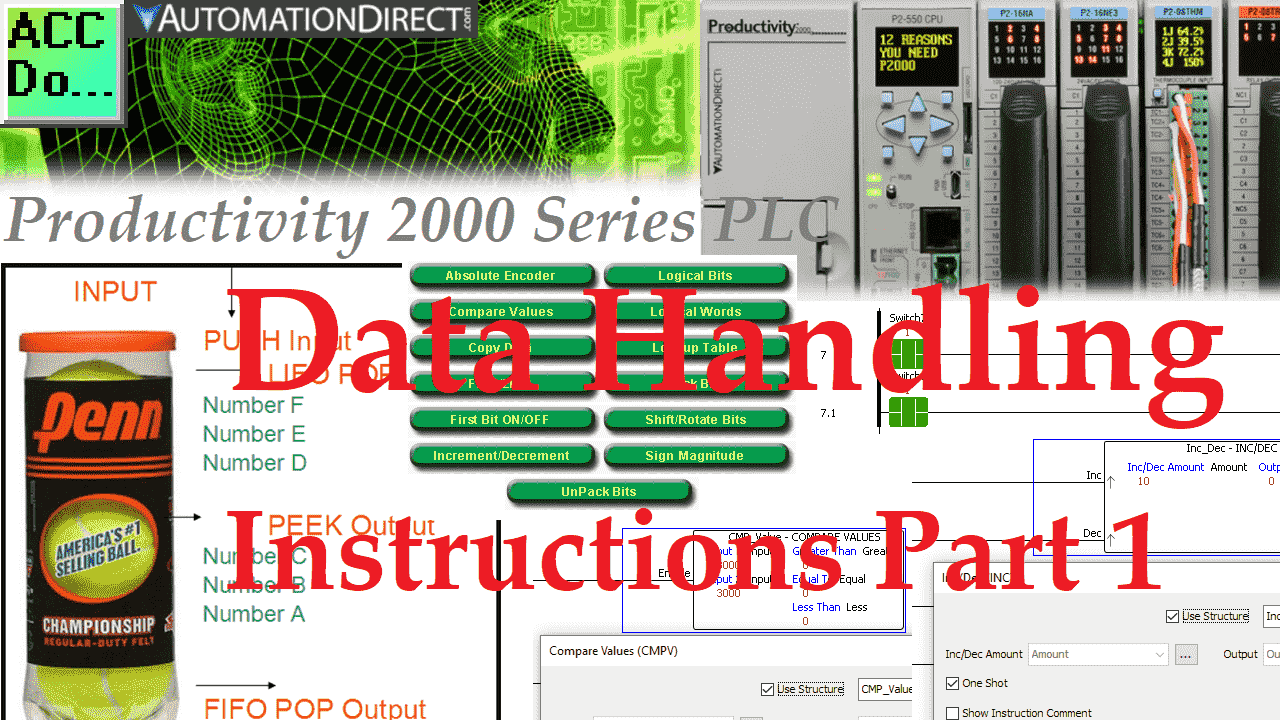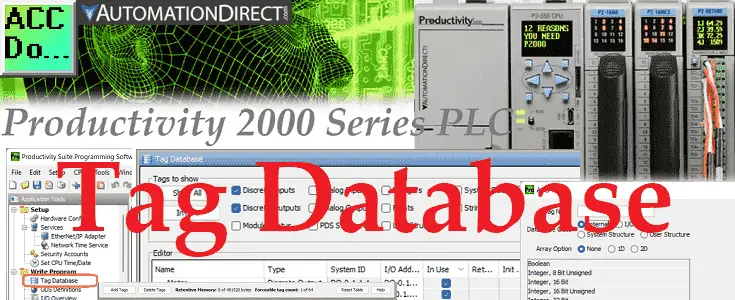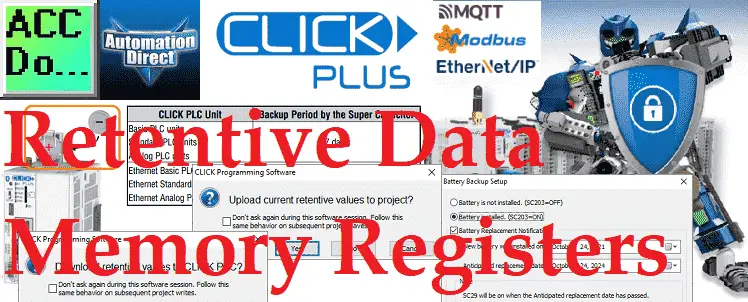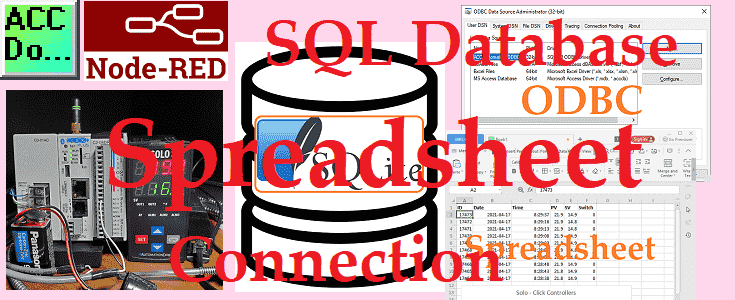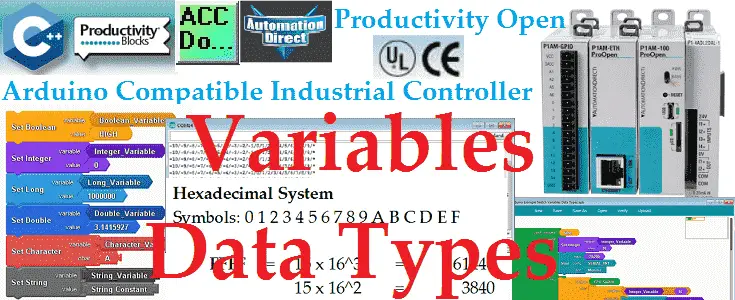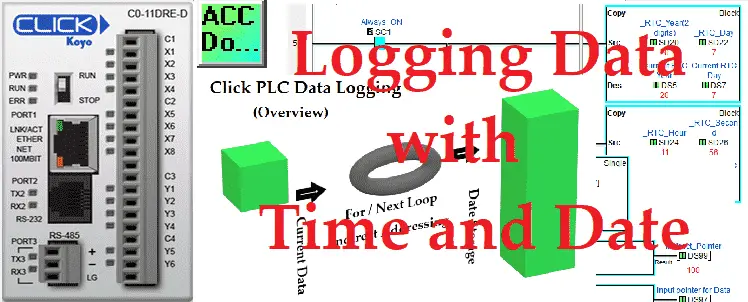Turn Your PLC into a Data Goldmine with Modbus TCP Logging
Using Visual Basic 2015, we will log three holding registers from the PLC, along with the time and date, into a Microsoft Access Database. We will log every minute to the database, including the information we collect from the PLC via Modbus TCP (Ethernet). All code will be done and shown so you can implement … Read more

